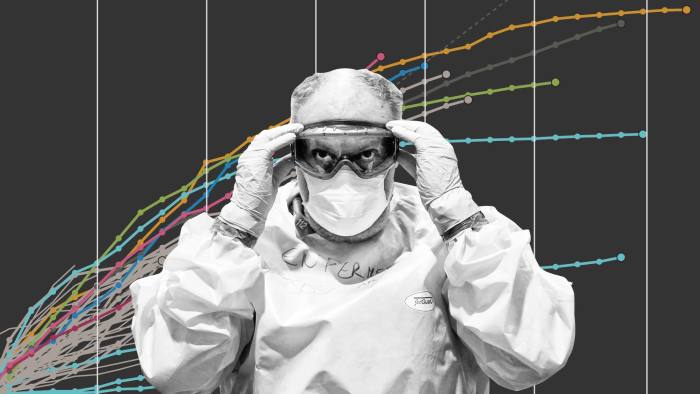The coronavirus crisis has led the Office for National Statistics to understate the speed prices are rising, according to a growing body of research during the pandemic.
Research from the National Institute of Economic and Social Research has claimed that the Office for National Statistics’s measures of annual price increases were 0.4 percentage points too low in May because they put too much weight on goods and services that were unavailable because of Covid-19, dragging the inflation rate down.
The ONS reported that the Bank of England’s target measure of CPI inflation fell to 0.5 per cent in May and a wider measure including homeowners’ housing costs was 0.7 per cent, but these were significant under estimates according to professor Huw Dixon of Cardiff University.
“A lot of people think there’s quite a bit more inflation going on at the moment and I think they’re correct,” he said, explaining the ONS’s low measure of price rises as originating from the statistics authority “having to stick with international measurement protocols”.
These, he said, did not reflect the reality of price changes through the pandemic. The particular problem, he said, was that the ONS could not measure the prices of 16 per cent of the normal basket because some items such as hair cuts and restaurant meals did not exist at the moment while others such as petrol were being bought in much lower quantities than normal.
Instead of changing the basket of goods to reflect what people were actually spending, the ONS had put in prices of goods and services that were missing so as not to change the overall rate of inflation.
Using estimates of how expenditure had changed, including that households were spending more on food than normal which has been rising in price, Prof Dixon calculated that the real inflation rate was 0.4 percentage points higher than that recorded by the ONS.
His methods have been backed up by a similar study of US prices by Alberto Cavallo, associate professor of economics at Harvard Business School, that calculated that inflation in the basket of goods US households were spending on fell by half as much as the US recorded rate during the crisis.
In Britain, one particular problem was the high weight in the official figures given to clothing and footwear, where prices fell by 3.1 per cent in the year to May, but spending on these items had fallen sharply during lockdown.
This highly negative price movement was therefore given far too much weight in the overall measure, prof Dixon said.
Latest Coronavirus news

Follow FT’s live coverage and analysis of the global pandemic and the rapidly-evolving economic crisis here.
The Institute for Fiscal Studies has also found that the inflation rate in food experienced by households was higher in the first month of lockdown than usually experienced in a year.
This spike in prices, the IFS said, came from an absence of the usual two-for-one style offers in supermarkets, which it could pick up in an analysis of millions of individual transactions. The ONS data, by contrast, does not pick up the change in the offers that households can benefit from.
This measurement issue is separate from the long-running concerns over the official retail prices index, which the ONS recognises is too high, and with the Treasury is consulting on improvements to its methodology.
Prof Dixon said there was not yet a reason to think the ONS measure of inflation would remain too low after coronavirus, but the agency would be well-advised to update the basket of goods it uses to measure inflation to reflect the items that are currently being bought.


